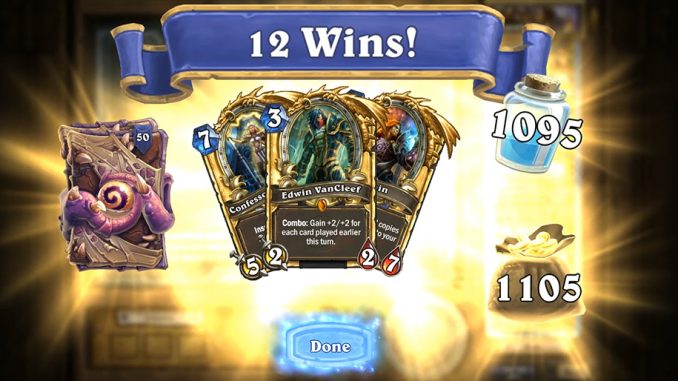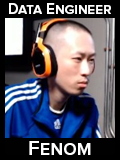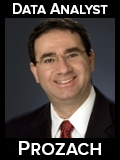
Welcome to the Heroic Brawl Report! The following report was produced in cooperation with the team at HSReplay.net, and the data was provided and processed by them. We’d like to thank them for their contribution and encourage the community to check them out and try some of the great tools they have developed for the community.
The data’s sample size makes up over 200,000 games.
Heroic Brawl provides a different perspective about the strength of decks. Because the stakes and entrance fee are quite high, we expect that most players will enter Heroic Brawl with a deck they expect to win them games. Thus, the level of experimentation is expected to be lower than on ladder.
We start with class/archetype distribution. Note that the frequency of opponent can be toggled according to the number of wins with which a player has queued up. Since the matchmaking pairs players with identical records, we can deduct the level of success each archetype has achieved according to their relative representation at higher number of wins. The representation at 0 wins is essentially the distribution upon entrance of the brawl; how many players started the brawl with each deck.
Class/Archetype Distribution
Class Frequency by Wins

- We can observe the domination of Midrange Shaman. Despite players targeting the archetype with all their might, expecting to see it in great numbers, Shaman dominates the competition. Its representation at high win records is a clear indication of its success at the Heroic Brawl, and it’s safe to assume it was the archetype with the most 12-win runs by a large margin. The Meta clearly failed to develop a reliable counter in the format, which isn’t surprising to us since it’s quite similar to ladder play.
- We can also observe the collapse of all other classes in comparison to Shaman. However, this collapse is largely due to the disappearance of off Meta decks. Tier 2 Decks such as Tempo Mage, Spell Druid and Zoo Warlock have strong representation at 11 wins compared to their entrance rate. Paladin, on the other hand, has nothing but an assembly of Tier 4 decks that couldn’t survive the brawl, and the numbers show it was the worst performing class in the format. Even Priest could make it to the finish line to some extent with its Dragon archetype.
- Surprisingly, the class that had the lowest entrance rate was neither Priest nor Paladin. It was Rogue! Interestingly, Rogue did quite alright and Miracle Rogue’s representation remained relatively stable throughout. As for overrated, much faith was put into Control Warrior, but the archetype did not perform particularly well and failed to deal with the horde of Midrange Shamans in a reliable manner.
The numbers we report are the expected win rates of each archetype based on their matchups against the field, factoring in the frequency of all potential opponents at different win groups.
The vS Power Rankings table shows a similar story to ladder play, though there is a significant difference when it comes to the interaction between Meta decks and off Meta decks. At the Heroic Brawl format, Meta decks show overall better scores at the expense of off Meta decks that were much more severely punished, which results in the overall inflation in power level of Tier1/2 decks at 0-3 wins. This explains the Meta’s deck frequency as we go to higher win scores, where off Meta decks are nearly extinct. As for the Meta decks, Midrange Shaman is extremely dominant with the usual suspects chasing it from far away at Tier 2. The table at higher numbers of wins shows the extreme level of oppression Shaman exhibits when it starts going over 40%. Everything else starts crashing down below a 50% win rate.
However, there was an under the radar success story, and that goes to Face Hunter. The archetype performed quite well against the field during the brawl, and its matchup with Midrange Shaman was fairly good. This put Face Hunter at a very strong position in the format’s Metagame. Its entrance rate was fairly low, but it took opponents by surprise, and its numbers remained steady going into 12 wins.
To conclude, Heroic Brawl was an interesting format that perhaps paved the way for a new game mode in the future. However, in an unbalanced Meta state and without bans, the experience is certainly not particularly compelling. An in-game tournament format that allowed bans would open the door to more diversity in deck choices and more strategic planning rather than being a mirror to ladder, with a magnifying effect on its less desirable aspects.
Contributors
Here are all the people that participated in bringing you this Tavern Brawl Report:









